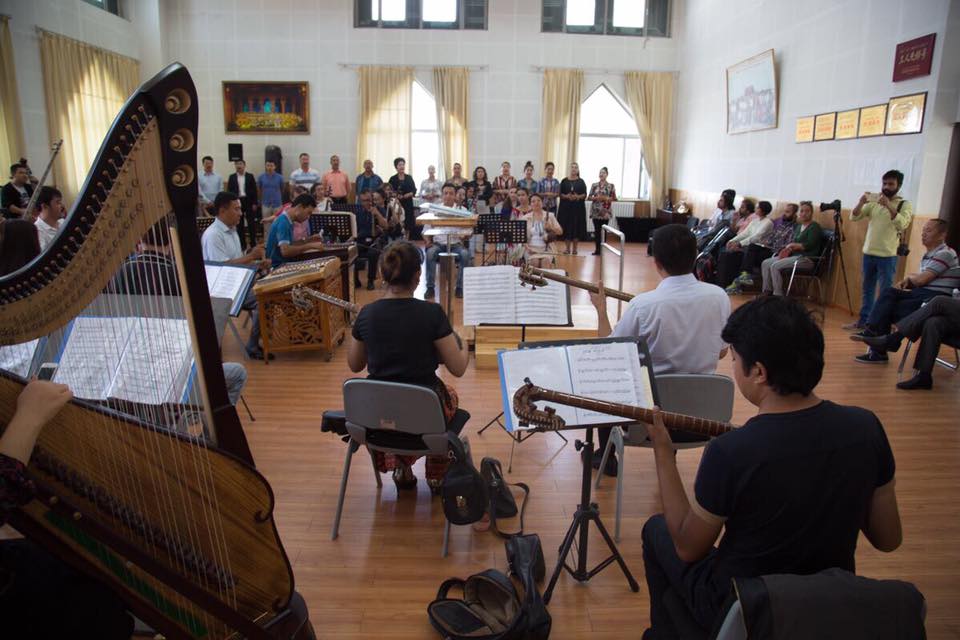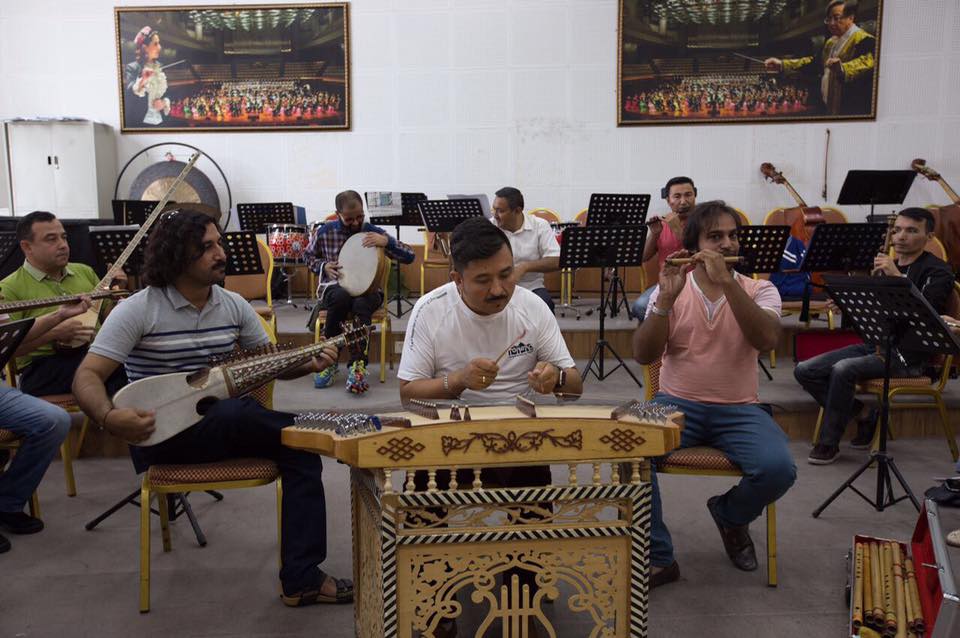The largest province of People’s Republic of China, Xinjiang covers one-sixth of the country's land-mass. Located at the ancient Silk Route, it is home to over 40 ethnic groups that number 30 million in total.
The Muslim Uyghur people are one of the largest of these groups, and a notable part of their colorful culture is the ‘Muqam.’ A set of 12 complex melodies, which are used by Uyghur musicians as a formula to guide improvisation and composition.
Varieties of this kind of music that can be found all over the region, spanning from Azerbaijan in the west to China in the east.
Omar Akhun was a noted Uyghur composer and musical performer. He is best known for his Muqam melodies, often composing in all 12 Muqams.

He was responsible, along with Turdi Akhun in the 1950s, for systematically composing and performing songs within the melodic structure of the style, being the first in modern times to do such a tedious task.
According to statement posted by the Pakistan National Council of the Arts -PNCA on its official Facebook page, a group of Pakistani artists visited the Muqam Cultural Centre, where the talented ensemble make great use of the specialized building, which houses practice and rehearsal rooms, a fully equipped performance auditorium, a research and reference audio and video library, all necessary components that have played the part in making the ensemble reach its inimitable level.

Upon arrival, the director and management of Muqam Centre warmly welcomed the Pakistani artists, and provided a detailed briefing and tour of the facility.
An exclusive performance was arranged for the Pakistani Cultural Caravan troupe, out of which the Pakistani musicians also added to the performance by performing Pakistani musical pieces.

This led to the musicians from both countries to collaborate with their musical instruments and genres- the result of this was a magnificent and unique experience for all present, with the Rubab and the Ghijek (Uyghur bowed instrument) in beautiful harmony, and the Bansuri flowing in sync with the Uyghur flute notes.
The musicians from both the countries have commenced a joint collaborative music project which they aim to showcase at the Grand Exhibition at the culmination of the Cultural Caravan.
Meghan Markle receives message of love from Harry's close pal
Zendaya gives sneak peek into her relationship with Tom Holland on Jimmy Kimmel show
An investigation has been launched to work out the cause of death
Robert Pattinson starts thinking about marriage after becoming a family of three, says source
Meghan Markle, Prince Harry slammed as 'pathetic' and 'friendless' by American radio host
Princess Anne honours extraordinary people at Buckingham Palace